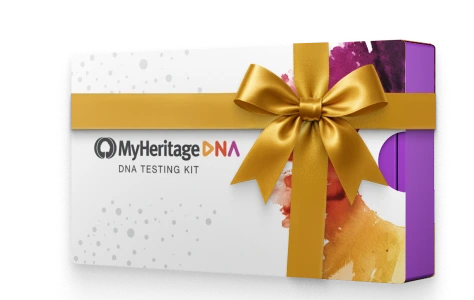DNA matches are people who share significant amounts of DNA, indicating that they inherited their DNA from a common ancestor. A list of DNA matches is generally provided with the results of a genetic genealogy DNA test.
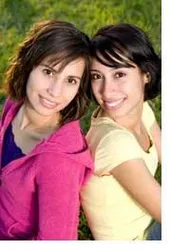
In general, the more DNA is shared between two individuals, the more closely related they are. And the less DNA they share, the farther back in their tree they will need to search to find their common ancestors.
Research your ancestors on MyHeritage
The genealogical goal of analyzing DNA matchesThe genealogical goal of analyzing DNA matches
The genealogical goal of reviewing and analyzing DNA matches is to find the common ancestor you share with each match.
Then you can reach out and work together to share information on the ancestors you have in common. Sometimes, your genetic match will have more information on that branch than you do. That can help you confirm relationships and extend your family tree.
Autosomal DNA tests measure how much DNA you have in common with each match. This can be expressed as a percentage or in a unit called centiMorgans (cM). Based on this amount, the test will estimate how closely related you are.

That projected relationship helps you see how far back you need to look for common ancestors.
For example, if you are projected to be third cousins, you may share a pair of great-great-grandparents.
Relationship probabilitiesRelationship probabilities
Due to the randomness of DNA inheritance, there is more than one relationship that could account for a given amount of shared DNA.
MyHeritage has a tool called cM Explainer™ that can help fine-tune relationship predictions and show a probability for each possible relationship, if both matches have provided their ages.

Note that none of these relationships are 100% certain. Your true relationship will not always be the one with the highest probability.
Leveraging the information regarding each DNA match’s age, MyHeritage can also name relationships more precisely in easier-to-understand language, for example, a 3rd cousin’s son instead of 3rd cousin once removed.
Family tree comparisonsFamily tree comparisons
If your match has a family tree on the DNA testing site, you can search for the ancestors you have in common with this match.
If you both have family trees on MyHeritage, the site will do that work for you, automatically comparing your trees and reporting its findings.
The most useful clue MyHeritage can provide is a Theory of Family Relativity™. Based on family trees and genealogical records, this will show one or more possible paths to common ancestors. In some cases, more than two trees will be used to piece together a theory.
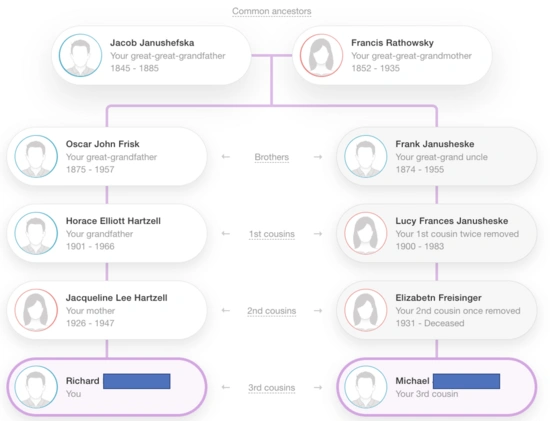
These Theories are not proof of how you are related. But they are great clues well worth investigating.
Another finding that can be helpful is a Smart Match™, which simply means that the same person appears in both your tree and the tree of your match.
Less specific findings can report that you have shared ancestral surnames or shared ancestral places.
Another way to find your common ancestors is through Shared DNA Matches. This is a list of other people in the database that both you and this match have in common.
Anything you can discover about the family trees of these shared matches is another way to identify the common ancestors responsible for your genetic match.
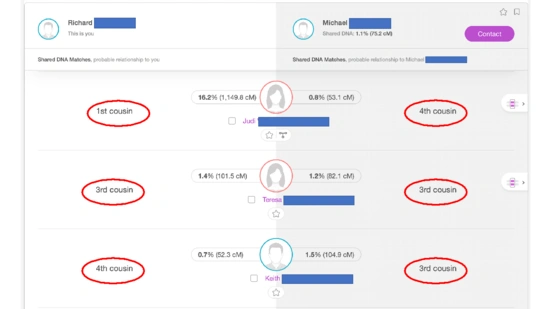
If your DNA test is one that provides a Chromosome Browser, you can see which segments on which chromosomes you all have in common. Those segments were probably passed down from the ancestors you have in common.
AutoClustersAutoClusters
This is an automatic tool that organizes your DNA Matches into clusters that likely descended from common ancestors. MyHeritage is the only DNA testing company to license this powerful technology so you can generate the report from within your account.
After doing this, you receive a zip file by email that includes three files — an HTML file that contains a visual representation of the AutoCluster analysis, a CSV file with a spreadsheet version, and a ReadMe PDF file.
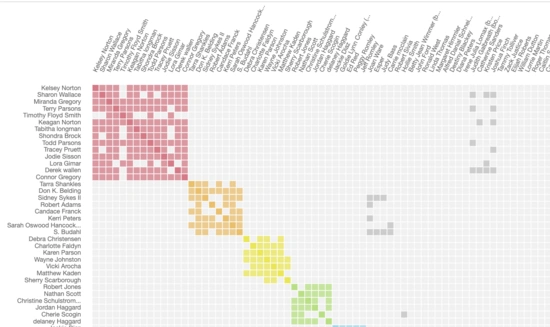
In the visual representation, a list of your matches appears vertically down on the left and horizontally across the top in the same order. Each of the colored cells represents an intersection between two of your matches, meaning that both individuals match you and each other.
Each color represents a shared match cluster. Members of a cluster match you and most or all the other cluster members. Most likely, each cluster represents a different branch somewhere in your family tree.
DNA match filtersDNA match filters
With thousands of genetic matches, it’s easy to be overwhelmed by the volume. Fortunately, MyHeritage has many DNA match filters that let you focus on smaller groups of matches that fit what you’re trying to accomplish at any given time. These include the following filters based on a family tree comparison:
- Has Theory of Family Relativity™
- Has Smart Matches™
- Has shared surname
- Has shared place
You can also filter your matches to only show those that live in a specific location, such as a country where some of your ancestors lived. Other filter options let you focus on matches with a certain ethnicity or genetic group.
See alsoSee also
Explore more about DNA matchesExplore more about DNA matches
- The MyHeritage DNA test
- How to Get Started with Your DNA Matches, how-to video on the MyHeritage Knowledge Base
- How to Filter and Sort Your DNA Matches, how-to video on the MyHeritage Knowledge Base
- Reviewing Your DNA Matches on MyHeritage, article by Ziv Sorrek on the MyHeritage Knowledge Base
- I Received DNA Matches, Now What? webinar by Daniel Horowitz on the MyHeritage Knowledge Base
- All webinars on DNA testing on Legacy Family Tree Webinars
- The Shared cM Tool at DNA Painter
- For a concise overview of genetic genealogy with links to more than 150 useful resources visit the DNA Favorites website
References
- ↑ Richard Hill was the first adoptee to identify his birth family through genetic genealogy DNA tests. He shared his story in an award-winning book, Finding Family: My Search for Roots and the Secrets in My DNA.He has founded two websites on DNA testing, most recently, DNAFavorites.com. Richard gives presentations on genetic genealogy topics both virtually and in person. He is a member of the Genealogical Speakers Guild, the International Society of Genetic Genealogy, and the American Adoption Congress.

